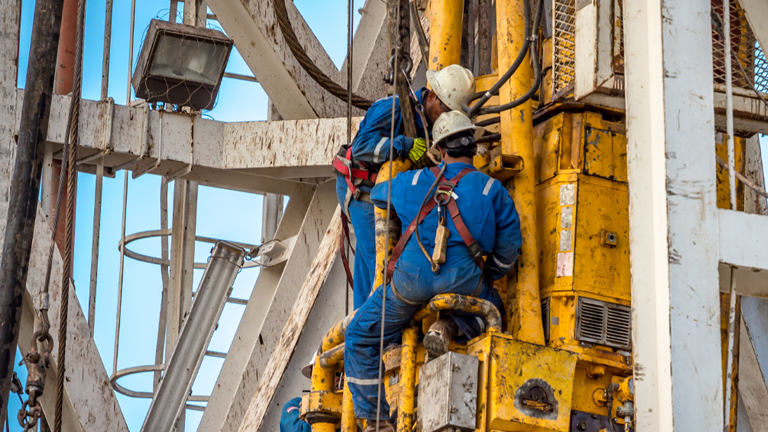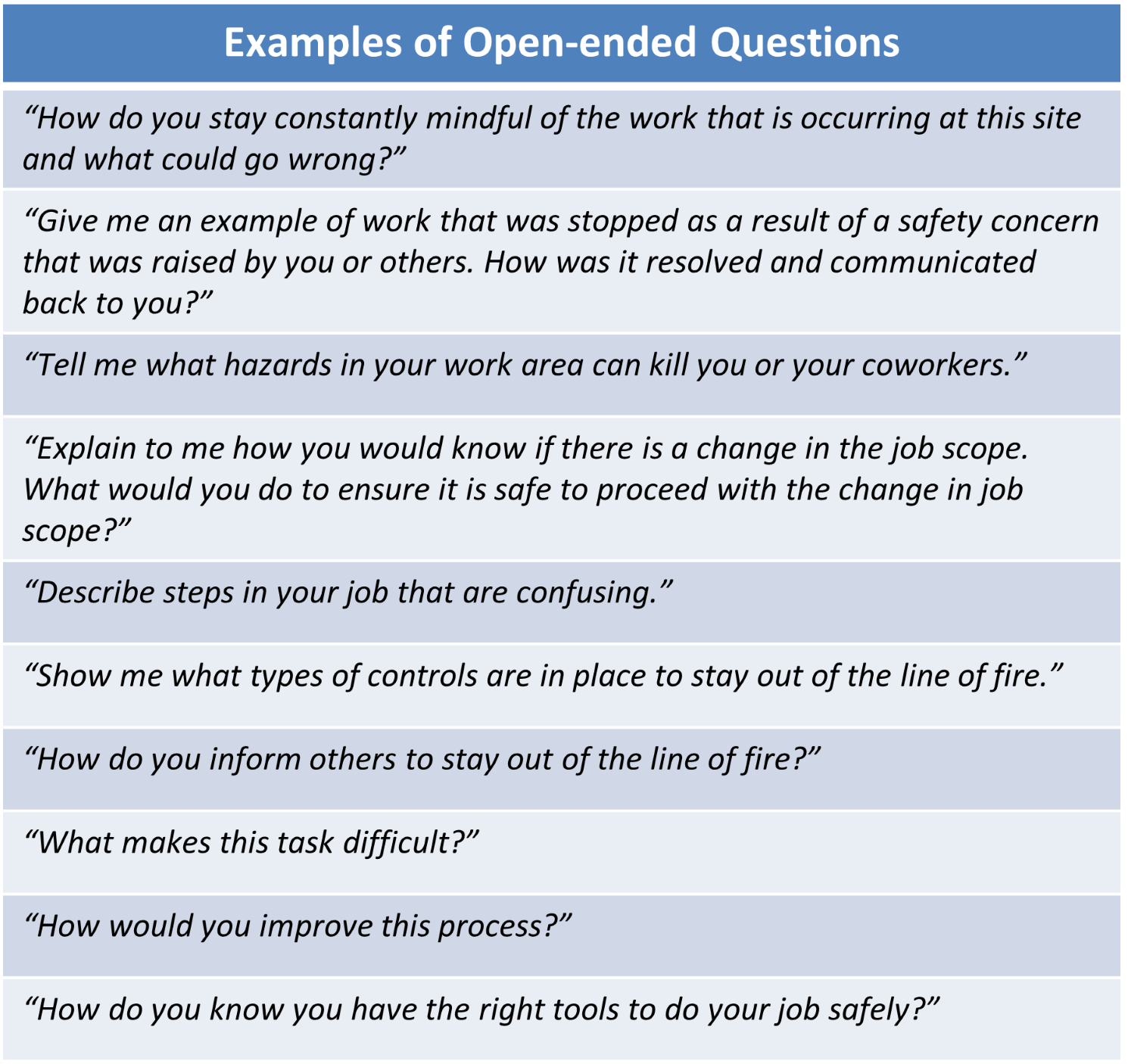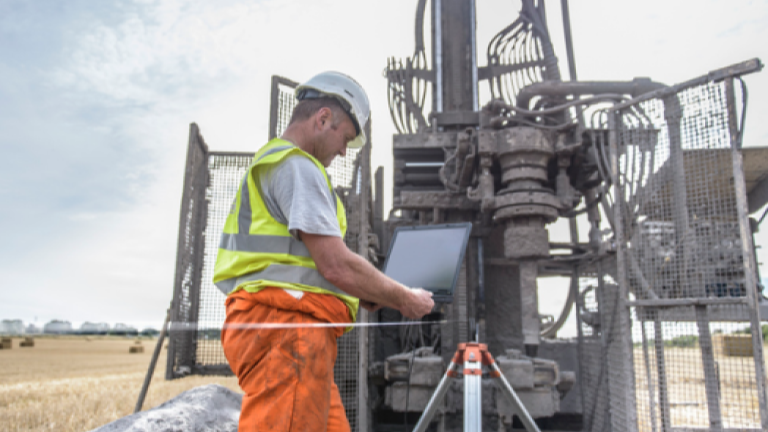Safety Leadership Behaviors
Safety is and will always be the industry’s primary focus, and the workers who serve on the front lines of our operations play an essential role in ensuring safe work practices and preventing workplace incidents. Everyone has a duty to work in a safe manner and must make safety a part of every task.
The commitment to safety and the active engagement of leaders at all levels is critical to the development and continual improvement of the organization’s safety culture.
To support the industry, the OSA has pulled together a series of spotlights on key leadership behaviors that drive safety performance.
Printable Resource
Key Safety Leadership Behaviors

Always Lead with a Message of Safety
Ensure Worker Awareness of Potential Hazards and Life Saving Actions


Encourage and Reward Stop Work Authority
Promote Open Communication and Sharing of Information


Provide Mentoring and Oversight for Short Service Employees (SSE)
Encourage Workers to Always Pause and Prepare Immediately Before Every Job or Task
